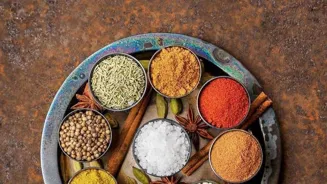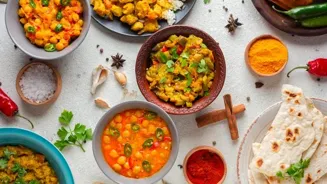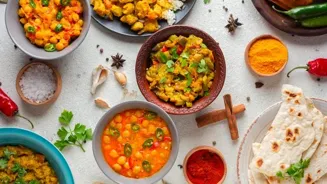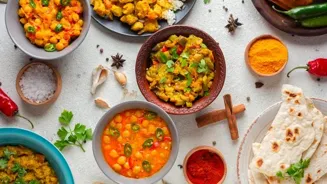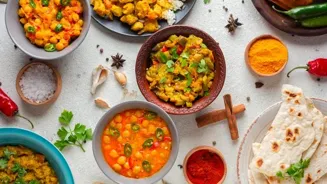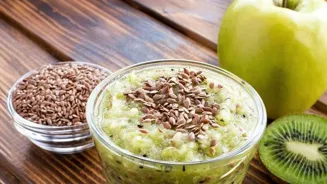Discover 10 Lesser-Known Indian Ingredients and How to Use Them! Elevate your cooking with unique flavors and health benefits
India, a land celebrated for its colourful festivals and diverse cultures, also
boasts a culinary heritage that's as rich and varied as its people.
While ingredients like turmeric, cumin, and cardamom are kitchen staples in many Indian households and increasingly popular globally, there exists a treasure trove of lesser-known ingredients that can elevate your cooking to new heights.
These ingredients, often regional specialties, offer unique flavors and health benefits, waiting to be discovered. Let's embark on a flavorful journey to explore ten such gems and learn how to incorporate them into your daily meals.
Rajasthani kachri tenderizes, Kalpasi adds smoky flavor to dishes
First on our list is Kachri, a dried melon native to Rajasthan. This ingredient acts as a natural tenderiser, adding a tangy and slightly sour flavour to dishes. Traditionally, it's used to soften meats, but it works brilliantly with vegetarian dishes too!
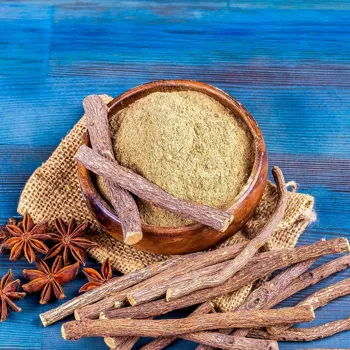
Think of adding a pinch of kachri powder to your dal or vegetable curries. It imparts a unique depth of flavour that is both surprising and delicious. Also, another lesser-known spice is "Kalpasi". These are basically stone flowers. These adds smoky flavour to south indian dishes.
You can make it into powder or use it raw.
Naagkesar: Aromatic spice for sweet and savoury dishes, a saffron alternative
Next, we have Naagkesar, also known as Cobra's Saffron or Ceylon ironwood flower. This aromatic spice, with its subtle sweetness, is used in both sweet and savoury dishes. It's often added to biryanis and pulaos for its fragrant notes, and to desserts for a delicate, floral flavour.
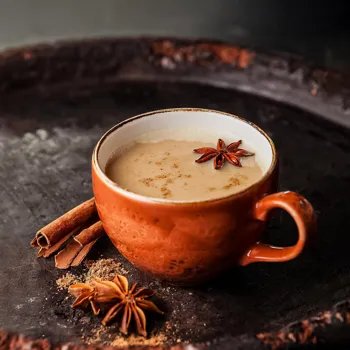
Experiment by infusing it in milk for a soothing drink or using it in small quantities in your baked goods for an exotic twist. You can try adding a pinch of this into your Indian version of chai. You can feel the difference than normal chai.
It’s important to remember that Nagkesar can have a slightly strong flavor, so start with just a small amount and adjust it to your liking. Saffron is expensive and also it adds colour to the dish. If you don't want that, then you can use Naagkesar as an alternative.
Star Anise: Versatile spice enhancing various cuisines with its unique flavor
Now, let's introduce Star Anise, a beautiful, star-shaped spice with a potent licorice flavour. While commonly seen in Chinese cuisine, Star Anise holds a special place in some Indian regional cuisines, particularly in Mughlai dishes.
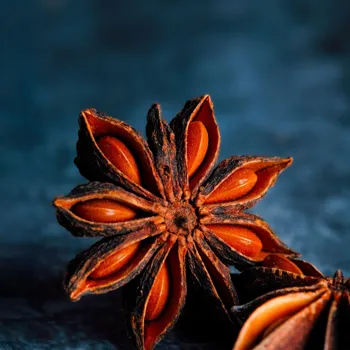
It lends a warm, comforting flavour to stews, braised vegetable preparations, and even some desserts. Try using it to flavour your vegetable stock or adding a whole star anise to your rajma for a deeper, more complex flavor.
Another alternative is using it in masala chai itself, which gives a sweet taste. Star Anise is a good alternative in place of Jeera. It enhances the overall taste, while retaining original taste of the item you are cooking.
In Andhra, Star anise is added into curries, which give a different flavour.
Anardana: Sweet-tart spice for flavor and health benefits in cuisine
Moving on to Anardana, dried pomegranate seeds, commonly used in North Indian cuisine. It offers a sweet-tart flavour profile, adding a delightful zing to chutneys, raitas, and vegetable dishes. Sprinkle it over your salads or use it as a flavourful rub for vegetables before roasting.
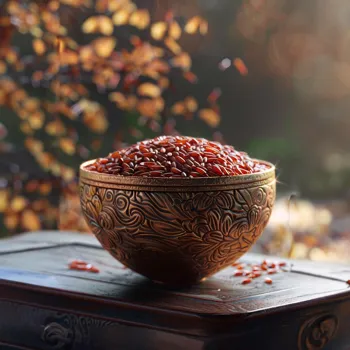
It adds a refreshing element that balances the richness of the other spices. Anardana is also known for its digestive properties, making it a healthy and delicious addition to your meals. It can be made into a powder and can be stored into a container.
This powder can be used for salad and also for upma. Pomegranates helps in reducing bad cholesterols. This is good for cardiac health.
Kokum: A tangy fruit from India, ideal for cooking and health benefits
Then there's Kokum, a tangy fruit native to the Konkan region of India. This souring agent is a great alternative to tamarind and is widely used in Goan and Maharashtrian cuisines. It’s often added to curries, dals, and drinks for its refreshing taste and vibrant red colour.
Kokum is also known to have cooling properties, making it an ideal ingredient for summer. Try adding kokum to your solkadhi, a refreshing coconut milk-based drink, or using it in your vegetable preparations for a tangy twist. You can make powder or extract juice from the Kokum flower.
It is readily available in the market. It boosts immunity and is good for skin.
Moringa: The "miracle tree" with superfood status, rich in nutrients and versatile in use
Last but not least, let's not forget Moringa, often called the "miracle tree," its leaves, pods, and seeds are packed with nutrients. While Moringa is gaining popularity as a superfood, it's been a staple in Indian cuisine for centuries.
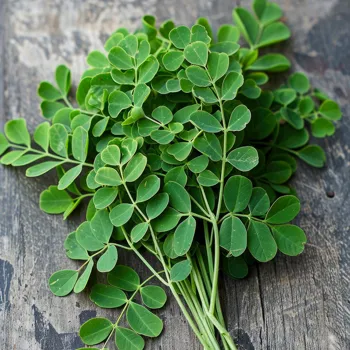
You can incorporate it into your diet by adding moringa leaves to your dals, vegetable curries, or even your smoothies. Moringa powder can also be used as a dietary supplement. It is known for its anti-inflammatory properties and is believed to boost immunity.
Moringa powder is added into soup, which gives additional taste. Due to its high nutrients, it is recommended for infants and children
AI Generated Content. Glance/InMobi shall have no liability for the content